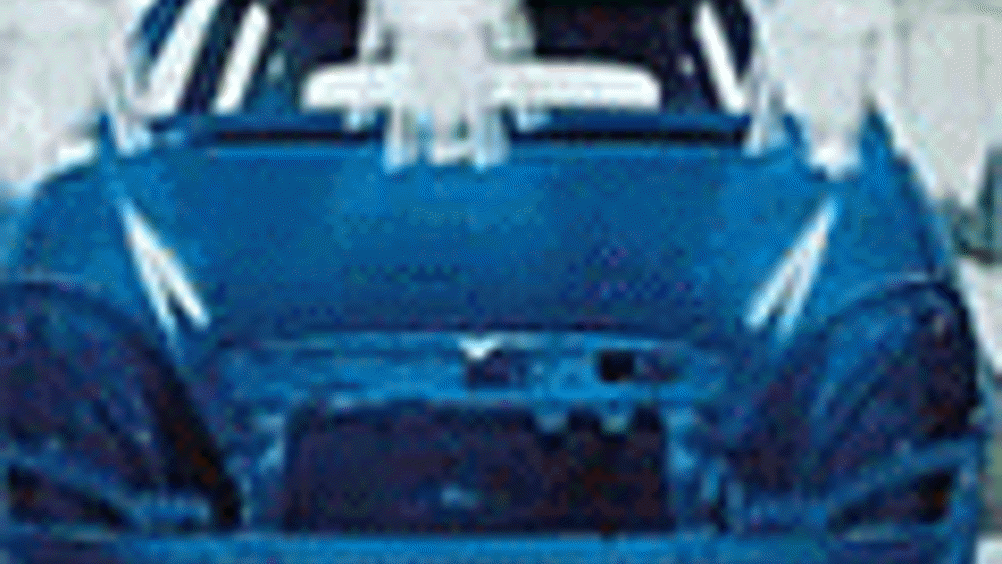Finding the cure
German engineers use computer simulation in an attempt to discover how to successfully cure UV-hardened paints. Stuart Nathan reports.

With ultraviolet-hardened paints becoming increasingly common in the car industry, curing the paint still remains a tricky process that can involve a great deal of trial and error.
In an attempt to address this problem, a team from the Fraunhofer Institute for Manufacturing and Engineering in Stuttgart is using computer simulation to find a way to ensure that the coating is deep, crisp, even — and durable.
Old-style car paints tended to be applied as a liquid spray, with the pigment and film-forming compounds dissolved in an organic solvent. But improvements in coating technology and concerns about the levels of volatile organic compounds in the workplace and environment have led to these substances being replaced with powder coatings.
In these, the pigment is mixed with a polymer matrix and powdered, and it’s this powder which is sprayed on to the car body. It adheres only lightly — often assisted by a static electrical charge on the metal body — and is transformed into the continuous paint film by heating, to melt the individual particles, followed by UV curing.
Register now to continue reading
Thanks for visiting The Engineer. You’ve now reached your monthly limit of news stories. Register for free to unlock unlimited access to all of our news coverage, as well as premium content including opinion, in-depth features and special reports.
Benefits of registering
-
In-depth insights and coverage of key emerging trends
-
Unrestricted access to special reports throughout the year
-
Daily technology news delivered straight to your inbox










CCC Report Finds UK Climate Targets Still Within Reach
In 1990 67% of the UK´s electricity came from coal-fired power stations and even without renewables the transition to gas was a major contributor to...